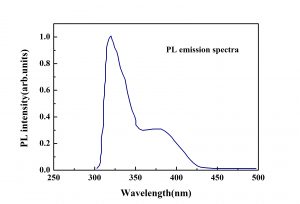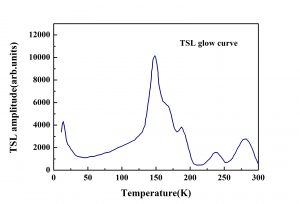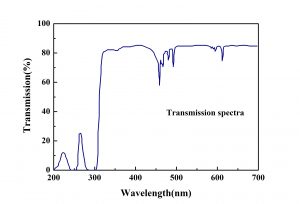


Description
Pr:LuAG Scintillator Crystal— A promising Fast Scintillator used for TOF
Scintillators with high light yield and fast decay are essential in the time-of-flight (TOF) technique for a satisfactory coincidence timing resolution to give precise TOF information. Among garnets, Pr:Lu3Al5O12 was pointed out as a promising fast scintillator already in 2005. Pr:LuAG has a decay time of about 20 ns, which is even shorter than that of Ce:LSO. The light yield of Pr:LuAG is 3 times higher than that of BGO. In addition, Pr:LuAG has a high density of 6.7 g/cm3 which is important of x and g-ray detection, as well as an outstanding energy resolution of 4.6% at 662 keV that is beneficial for gamma ray discrimination. It has been attracting much attention and is presently commercially used in Positron Emission Mammography (PEM).
In application of medical imaging, Pr doped Lu3Al5O12(LuAG), which was first introduced in 2005, has attracted great attention for its good scintillator performance having high density (6.7 g/cm3), fast decay time(~20 ns), high light yield (~0,000 ph/MeV) and excellent energy resolution of 4.6%. Those demonstrated it a competitive scintillator.
Parameter
| Chemical formula | Pr:Lu3Al5O12 |
| Density (g/cm3) | 6.73 |
| Melting point (℃) | 2043 |
| Hardness (Mho) | 7.5 |
| Hygroscopic | No |
| Cleavage | No |
| Solubility (g/100gH2O) | N/A |
| Thermal conductivity (W/mK) | 9.7 |
| Thermal expansion coeff (C-1) | 8.8*10-6 |
| Wavelength(Max. emission) (nm) | 310 |
| Decay time (ns) | 20 |
| Light yield (photons/keV) | 22 |
| Light output relative to Nal(Tl) (%) | 20 |
| Refractive index | 2.03@310nm |
| Radiation length (cm) | 1.41 |
| Optical transmission (um) | TBA |
| Transmittance (%) | TBA |
| Reflection loss/surface (%) | TBA |
| Energy resolution (%) | ≤5 |
| Neutron Capture Cross-section (barns) | TBA |
| Afterglow (%) | <0.3 |



Feature
High density
Fast decay time
High light yield
Excellent energy resolution
Application
Time-of-flight (TOF) technique
Positron Emission Mammography (PEM)
Computed tomography (CT) medical imaging
Positron emission tomography (PET)
High energy physics
Neutron detection
UV light source